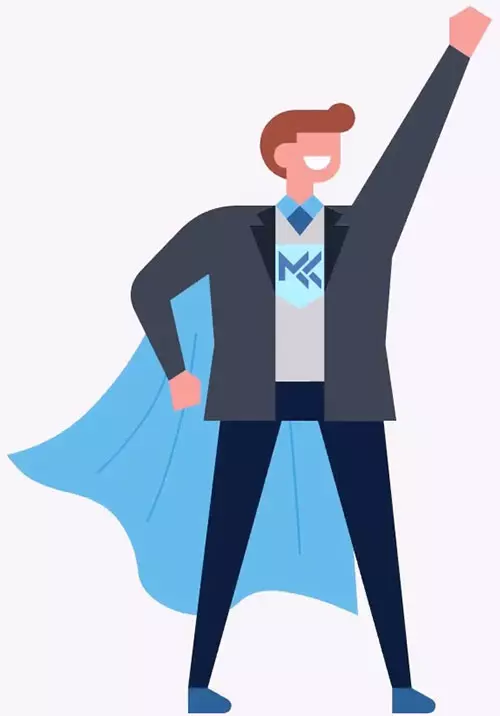Pan American Auto Insurance
Our client is a U.S. automobile insurer, Pan American Automobile Insurance Company (Pan). Pan has been insuring American drivers since the 1970s and has built a brand that has nearly universal recognition in the U.S. (96% brand recognition in the 50 states). Marketing spend has been a major budget consideration as the company has expanded. Throughout it’s expansion, Pan has maintained distribution through independent agencies leading to high distribution costs.
Through the latter half of last century, Pan was steadily growing topline while maintaining a consistent profit margin and thus was seeing growth to the bottom-line as well. However, as they have reached maturity in the U.S. market, Pan has seen a steadying of top-line growth and thus, flat (and even, sometimes, negative) bottom-line growth. Pan has retained our consulting firm to help them improve margins by cutting costs.
Pan operates through a standard insurance model. The company collects premiums from insured customers who, in turn, receive cost coverage in case of accidents, repairs or damages. Pan monitors profitability through a loss ratio (ratio of total claims paid out to premiums collected), expense ratio (ratio of non-claim expenses like marketing costs or distribution costs to premiums collected), and combined ratio (sum of loss and expense ratios). These ratios are quoted as a number, 0-100, which translate to a percentage (i.e., a loss ratio of 80:100 or 80% would be quoted as 80 and would mean that for every $1 in premiums collected, losses total 80 cents). Pan’s loss ratio is 70 and it’s expense ratio is 28 (primarily made up of marketing and distribution costs), in line with industry benchmarks. Claims are filed by customers and the decision to pay them out is dependent on a review of the claim against Pan’s stated claims policy. As part of this effort, Pan is not willing to adjust its claims policy.
Like most insurers, Pan receives investment returns through its asset management arm. Pan takes in premiums paid today by customers and invests them in assets to make a return before they are paid out for claims and expenses in the future. All of Pan’s investments are made through live brokers by asset managers and are exclusively active funds.
Suggested case structure
- Claim-related/ variable costs- the interviewee should recognize that the loss ratio represents a large part of variable costs. Given the size of the loss ratio, this should be the first area of focus.
- Non-claim related/ fixed costs- the interviewee should recognize that fixed costs are largely represented in the expense ratio. Ideally, the interviewee will recognize the two large fixed costs mentioned in the prompt – marketing costs and distribution costs.
- Investment costs- The interviewee should recognize that asset management comes with additional fees, especially given the types of investments that Pan makes.
1. Claims-related costs
- Tighter claims policy/pay fewer claims
- Attract safer drivers (who generate fewer claims)
- Continue to target the non-standard market with the same frequency – given the risks above, this market is important for the business to maintain
- Deprioritize the non-standard market – continue to serve this market but do not actively market to or target them. This may involve reducing them to 10-15% of the book of business.
- Exit the non-standard market – given the economics, some may reason that the risks are small and that it make s the most sense to exit the market entirely.
2. Non-claims related costs
3. Investment related costs
4. Summary and final recommendation
- Pan can effectively reduce both claims-related and non-claim related costs
- Pan can reduce claims-related costs by deprioritizing some of the more costly segments of the market, like the non-standard segment
- Pan can reduce non claims-related costs by
- Investing in more productive marketing channels like digital and referral marketing
- Shifting distribution from agents to direct-to-consumer channels as hotline or online policy distribution
- Investing in less costly brokerage channels (telesales or online) or more passive funds
- Each of the above actions comes with a risk that should be carefully assessed
